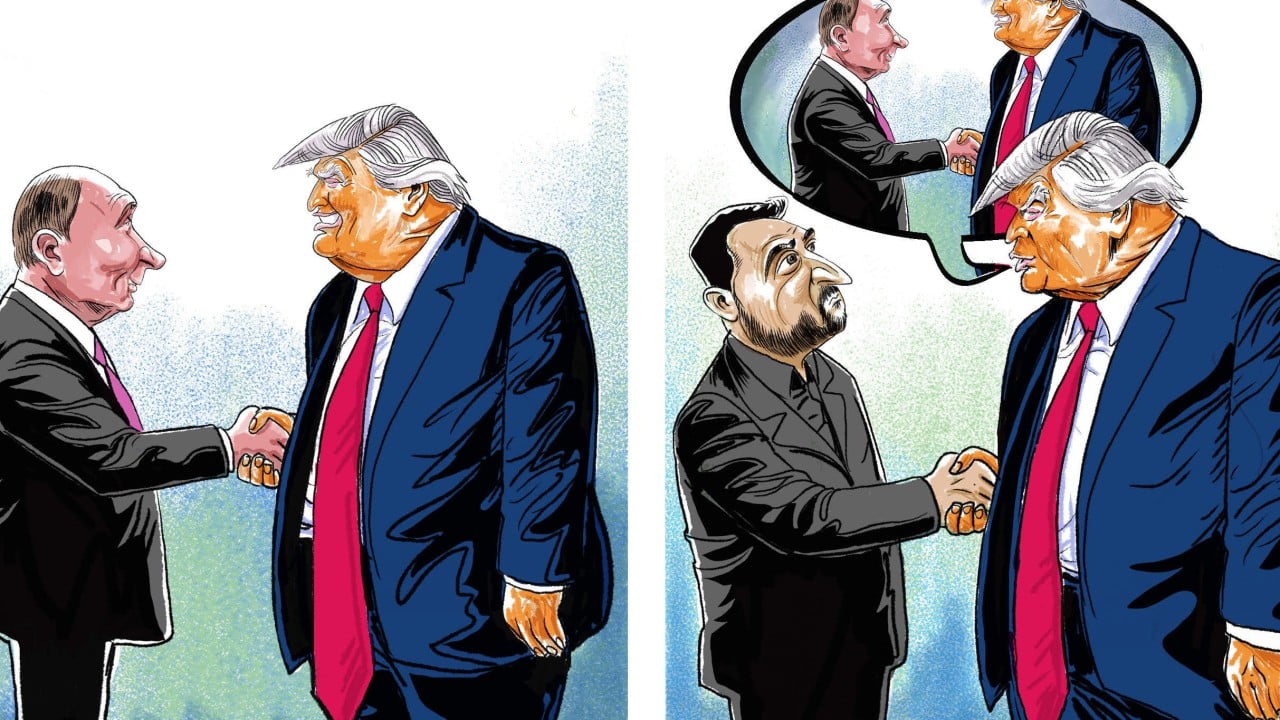The recent back-to-back meetings in Alaska and Washington offer a troubling portrait of today’s security order. Rather than demonstrating a collective search for peace, these spectacles highlight a drift towards unilateralism, great-power deals and a hollowing out of multilateral security frameworks.
Advertisement
The meeting in Anchorage, Alaska, between US President Donald Trump and Russian President Vladimir Putin revealed how easily Europe’s security can be reshaped behind closed doors, while the hastily arranged gathering at the White House with Trump, Ukrainian President Volodymyr Zelensky and several European leaders underscored Europe’s diminished agency. European leaders were there less to negotiate than to listen, fearful of being sidelined as Trump outlined his vision for ending the war in Ukraine.
This series of encounters should be seen less as a move towards peace and more as political performances that expose the growing dysfunction of global governance.
At the heart of these meetings lies the question of Europe’s future security architecture. In theory, Russia’s war in Ukraine could be a catalyst for reimagining European security. In practice, however, neither Alaska nor Washington has yielded any such framework.
Past agreements – such as the Dayton Accords that ended the Bosnian war in 1995 or the Minsk agreements intended to halt fighting in eastern Ukraine – offer lessons in both ambition and failure. These agreements, designed for specific conflicts in distinct historical contexts, are ill-suited to today’s war in Ukraine. Any settlement now must grapple not only with ceasefire lines but also with the redefinition of security guarantees across Europe, something neither Dayton nor Minsk was built to handle.
Advertisement
Without a multilateral mechanism that includes not just the United States and Russia but also the European Union, Nato and regional stakeholders, Europe remains vulnerable to great-power bargains made at its expense.

